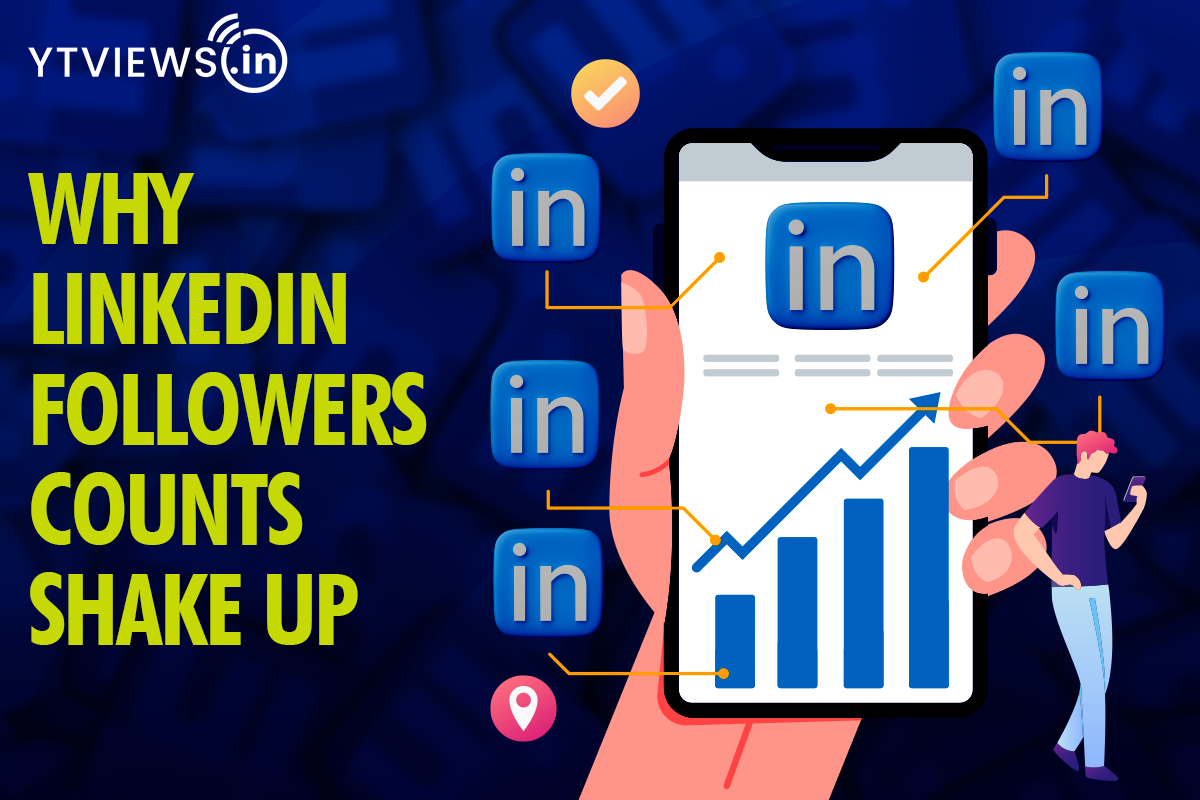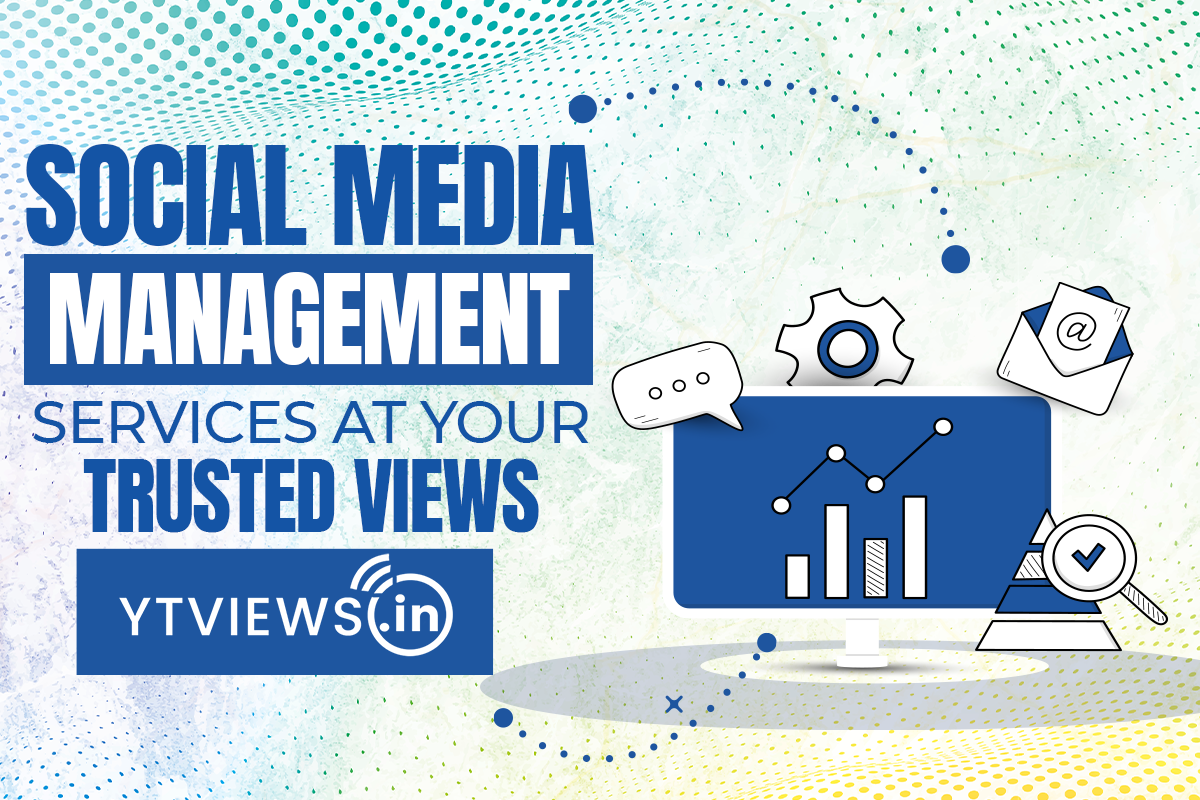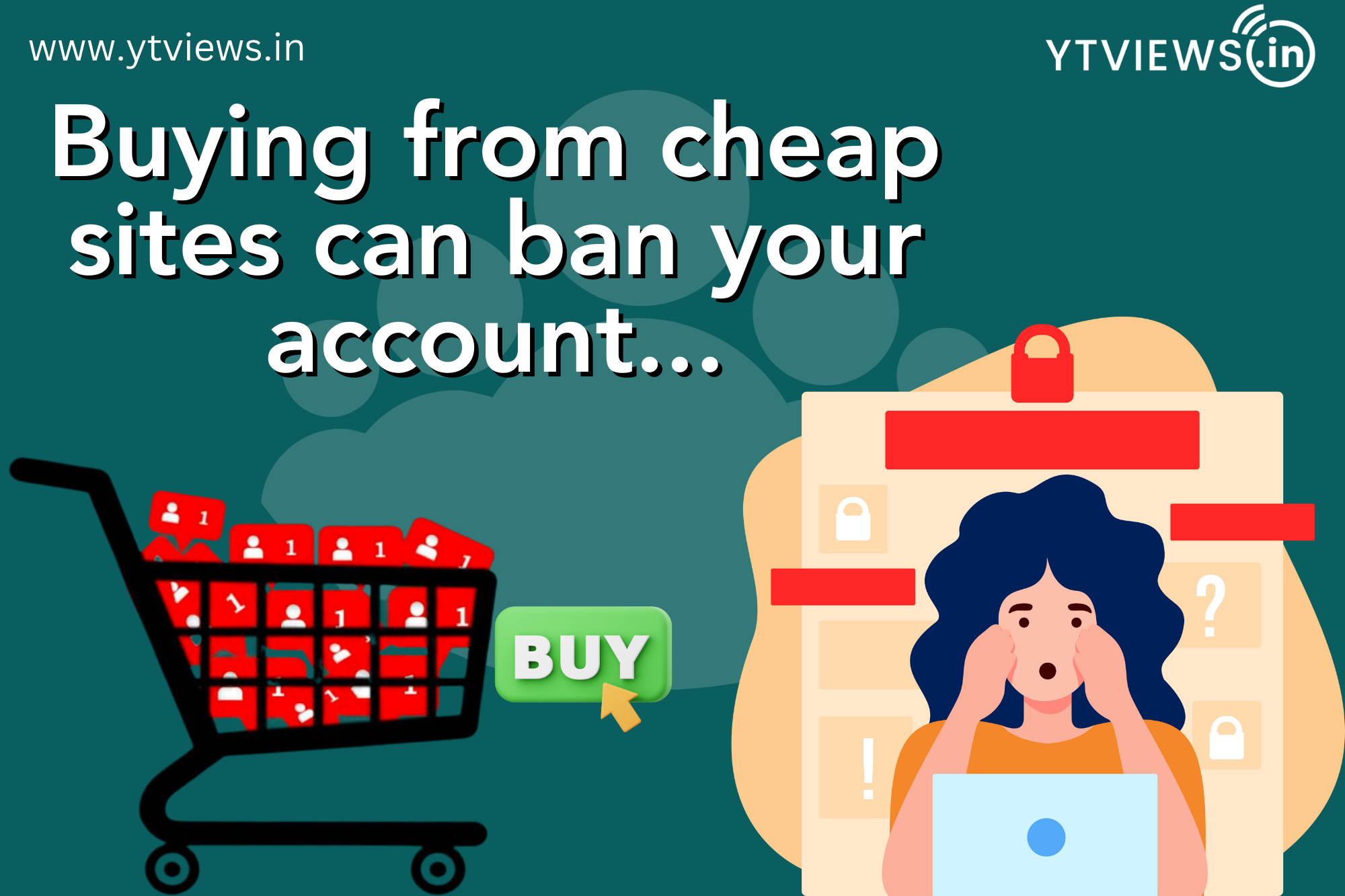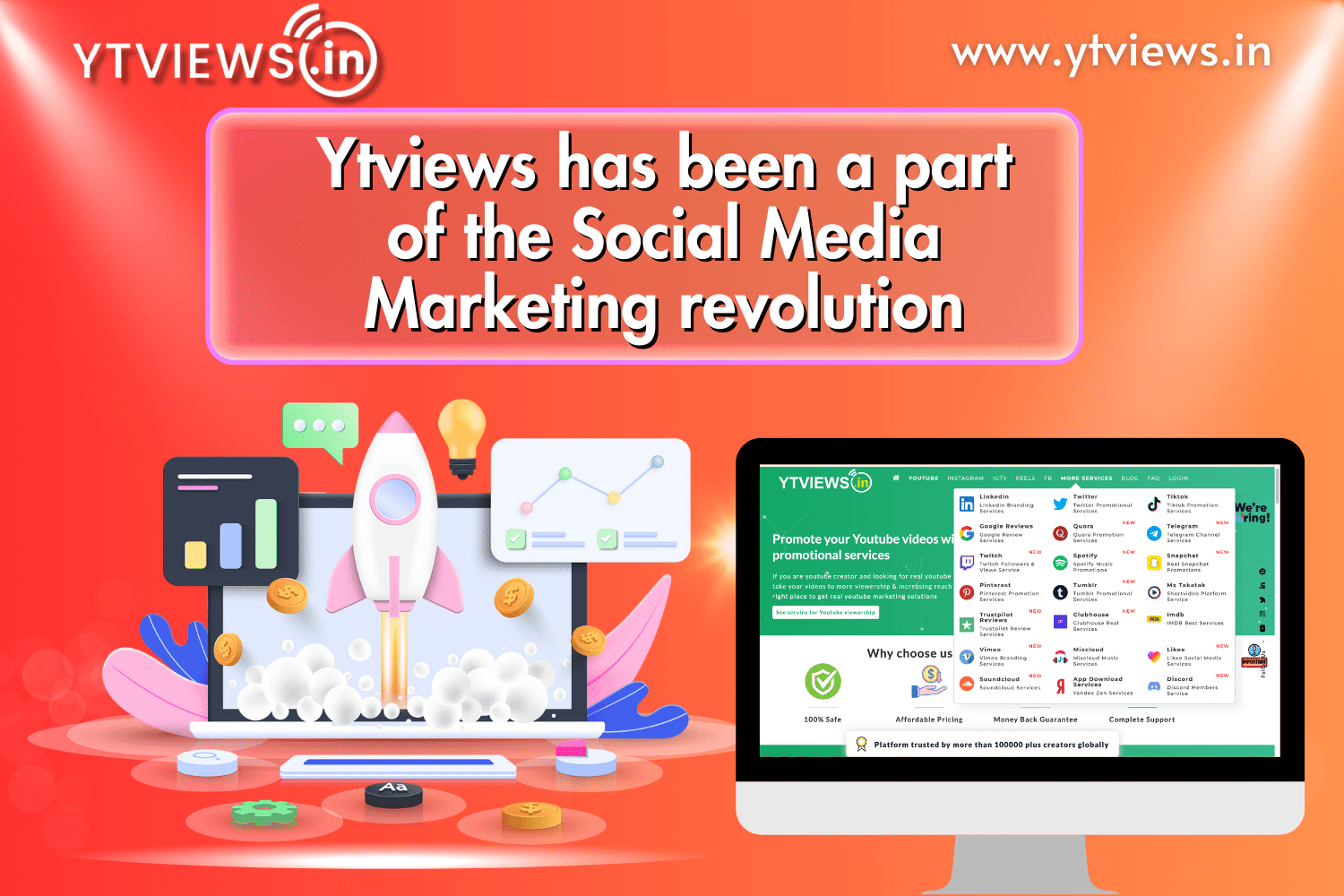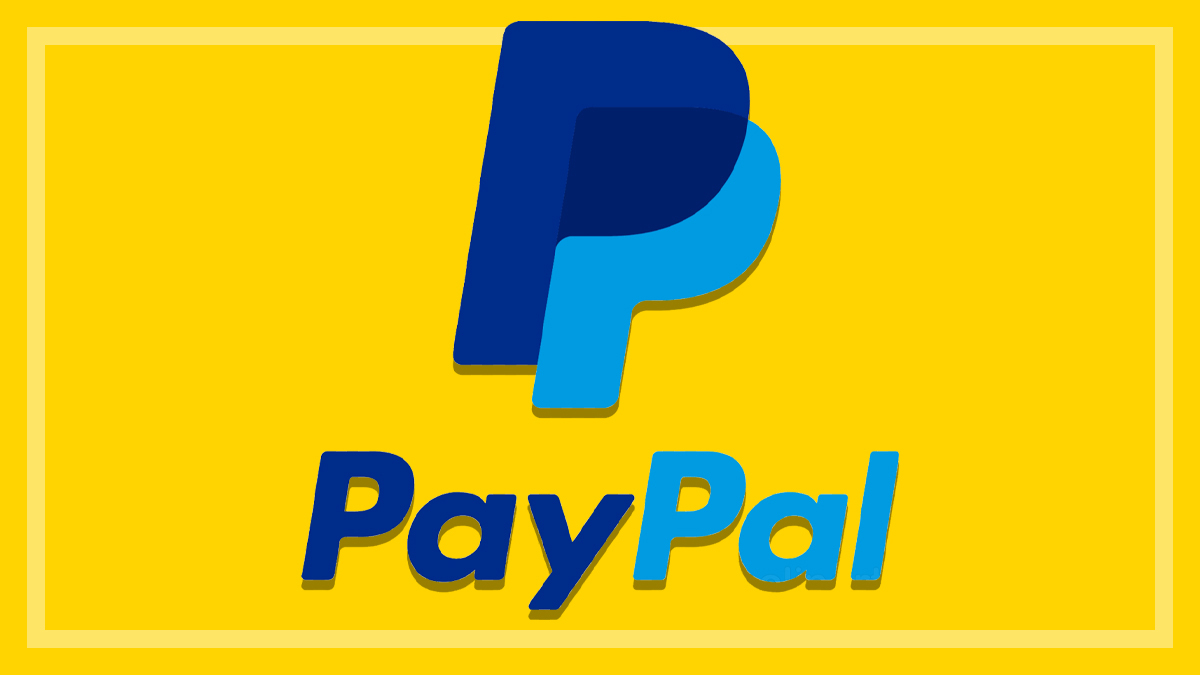What is considered to be a good conversion rate for your social media strategies? It’s much higher than you think
When it comes to measuring the success of social media strategies, conversion rate plays a vital role in determining the effectiveness of your efforts. A conversion rate refers to the percentage of users who take a desired action, such as making a purchase, signing up for a newsletter, or filling out a contact form, after interacting with your social media content. While the concept of a “good” conversion rate can vary depending on various factors, it is often higher than what many might expect.
What is actually considered a good conversion rate?

Traditionally, a conversion rate of 2-3% has been considered a benchmark for success in digital marketing. However, this standard may not hold true for social media platforms, as they serve a different purpose compared to dedicated e-commerce websites. Social media platforms primarily focus on building brand awareness, fostering engagement, and driving traffic to websites or landing pages where conversions occur.
In the realm of social media, the conversion rate is influenced by several factors, including the industry, target audience, campaign objectives, and overall user experience. It’s crucial to understand that a higher conversion rate doesn’t necessarily equate to success, as different goals require different metrics for evaluation. For example, a campaign aimed at increasing brand awareness may prioritize engagement metrics like likes, shares, and comments over immediate conversions.
To determine what constitutes a good conversion rate for your social media strategies, it’s important to establish clear goals and align them with your overall marketing objectives. This allows you to define the desired actions you want users to take and measure their effectiveness. For instance, if your goal is to drive traffic to a landing page, a conversion rate of 5-10% could be considered a good benchmark. However, if your objective is to generate leads or sales directly from social media, a conversion rate of 1-3% might be more realistic.
It’s worth noting that achieving a higher conversion rate requires a holistic approach to social media marketing. It involves crafting compelling and relevant content, targeting the right audience, optimizing landing pages, and employing effective call-to-action strategies. Regularly monitoring and analyzing your social media metrics, such as click-through rates, engagement rates, and conversion rates, will help you gauge the effectiveness of your campaigns and make data-driven improvements.


































